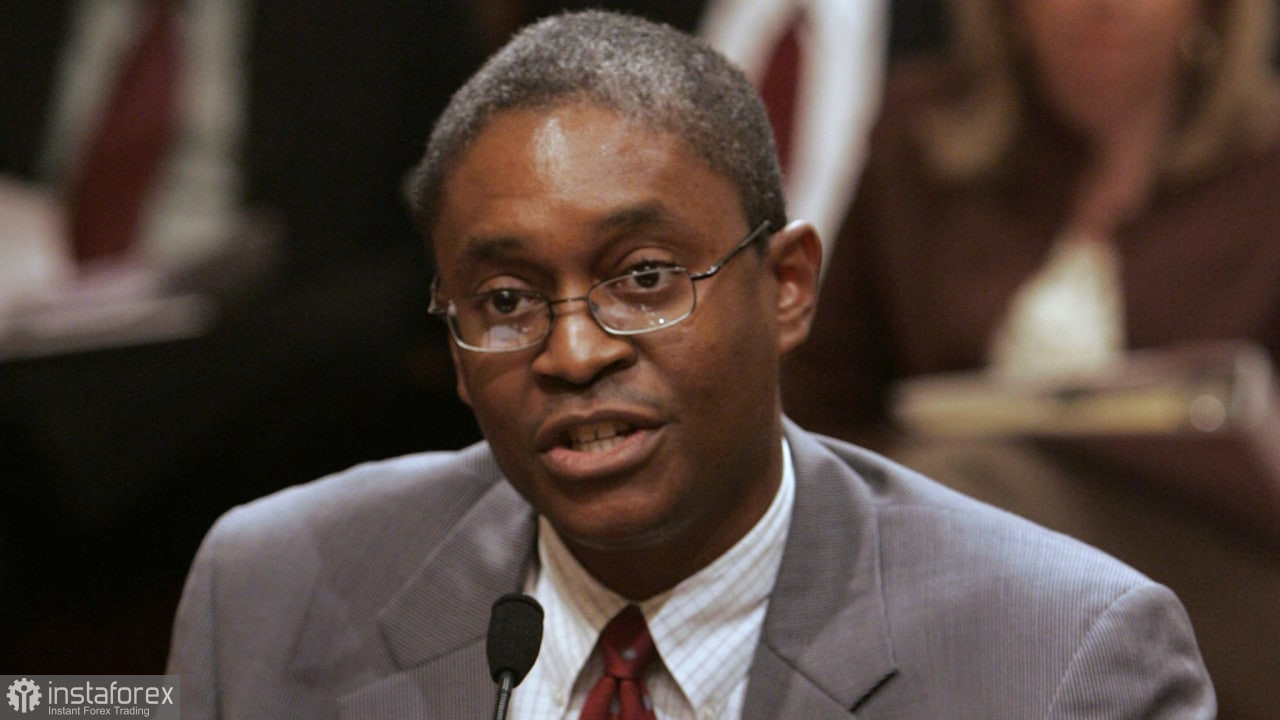
Yesterday, on May 9, several speeches by representatives of the Fed Monetary Committee were held in the States. After the Fed raised the rate in May by 0.5%, and also announced an increase of 0.5% in June and July, there were no questions left for the regulator. Jerome Powell quite clearly outlined the prospects for monetary policy for the next few months, so we did not pay attention to traders to events such as speeches by FOMC members. However, it is still worth considering them, since they turned out to be quite strange, to say the least.
Atlanta Fed Chairman Rafael Bostic said yesterday that a 0.5% rate hike is an "aggressive step", and the Fed will continue to adhere to this pace of tightening. However, he also said that by the end of 2023, the rate should be in the neutral range of 2-2.5%. And this statement raises big questions, given that the rate in 2 months may be 2%, and the impact on inflation at this rate will not allow it to return to the target level of 2% either. What did Bostic mean? The fact that the rate will first be brought to a level that will reduce inflation to 2%, and then it will be lowered to neutral? Or is it possible that the rate will increase at a slow pace and you can forget about a 1% increase at the next two meetings? Bostic also noted that after each rate hike, the economy will be carefully analyzed for a reaction to tightening. He also expressed hope that some factors causing inflationary pressure will weaken over time. In particular, some supply chains will recover. However, what about the rising prices of oil and gas, on which the entire world economy depends?
There was also a speech by the chairman of the Federal Reserve Bank of Minneapolis, Neil Kashkari, who was much less verbose. He only noted that he was confident that inflation would return to 2%, but when it would happen, what the Fed would do to achieve this goal, he did not say. Thus, Kashkari's interview was completely uninteresting for the markets.
From our point of view, much will depend on the geopolitical conflict in Ukraine. Hardly anyone in the world can now accurately predict when and how everything will end. This means that all economic forecasts and plans are quite formal. Tomorrow the situation may change by 180 degrees and all forecasts and plans will have to be changed. A striking example of this is the Bank of England's inflation forecast for 2022, which used to be 5.75%, and is now 10.25%.





















